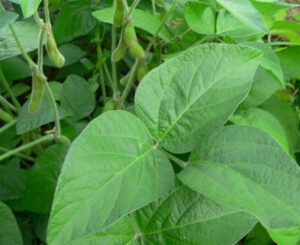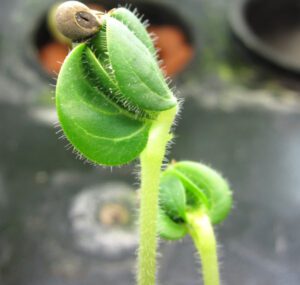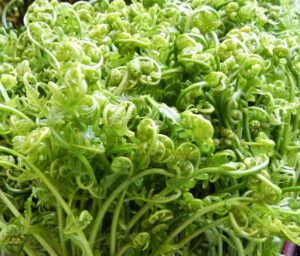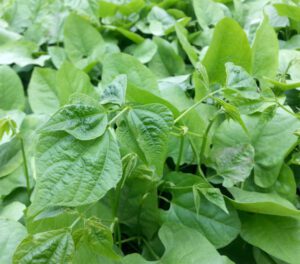Growing garden cress organically in home garden can be an excellent way for enjoying this peppery taste vegetable.
Garden cress is actually a cold season crop and it can be added to many dishes like salads and soups. It is grown commercially in England, France, Scandinavia and the Netherlands.
Garden cress (Lepidum sativum) is also called simply as cress. But mainly called ‘garden cress’ to distinguish it from similar plants that are also referred to as ‘cress’.
Garden cress is very fast-growing edible herb and it is genetically related to watercress and mustard (sharing their peppery, tangy flavor and aroma).
Garden cress is also known by many other names in many different places. It’s other names include pepper grass, poor man’s pepper, pepperwort, mustard and cress, garden pepper cress etc.
The plants can reach a height of about 2 ft, with many branches on the upper part.
Garden cress is actually a very high-nutrient food containing substantial content of vitamins A, C and K, especially when consumed raw.
And it also contain several dietary minerals. Raw cress is less than 1% fat, 3% protein, 6% carbohydrates and 89% water.
However, organic garden cress farming in your home garden can be an excellent way for enjoying this vegetable.
How to Start Growing Garden Cress
Growing garden cress is not too difficult. You can actually start growing garden cress in your home garden easily.
The plants are very fast growing and the edible shoots are generally harvested within 1-2 weeks after planting.
However, here we are describing everything about growing garden cress organically in home garden.
Select the Location
Select a sunny location for growing garden cress in your home garden. Although the garden cress plants will also grow well in cool and shady areas.
Actually a shady area will be more suitable for growing garden cress than a full sunny area.
Prepare the Soil
After selecting the site, you have to prepare the soil for growing garden cress. The plants grow very fast, so they will require loose and well-drained soil which is rich in organic materials.
So add adequate organic fertilizers such as well-rotted aged manure or homemade compost while preparing the soil for growing garden cress.
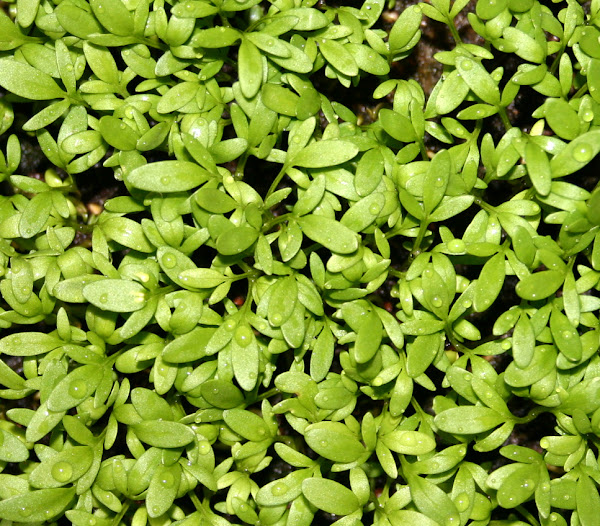
Collect/Purchase Seeds
The garden cress plants are grown from seeds. The seeds are easily available in the market. You can also collect the seeds from your friends or any of your nearest home gardeners.
Best Time for Growing Garden Cress
Cool season is ideal for growing garden cress. You can start growing garden cress between 1 and 2 weeks before the average last frost.
Planting the Seeds
As we have mentioned above, garden cress plants are grown from seeds. Sowing the seeds in rows will be very good for caring, so try to sow the seeds in rows.
Sow seeds about 1/2 inch deep and space about 1 inch apart. And the rows should be at least 6 inches apart.
While sowing the seeds, you can also place a line of seeds along prepared rows and cover with soil lightly.
Keep the soil moist constantly and the seeds will germinate within 5 to 15 days. For having continuous harvest, repeat the planting after every 10-14 days.
Caring
Garden cress plants don’t require much care for better growth. They will do just fine as long as the soil is moist and the weather is favorable.
Although taking additional care will be very good for the growth of the garden cress plants.
Here we are describing more about the common caring steps for growing garden cress in home garden.
Fertilizing: Garden cress plants don’t require additional fertilization if you have already prepared the soil by adding organic materials. Although you can use liquid fertilizers once after every two weeks.
Watering: Garden cress plants require constantly moist soil for better growth. So water the plants regularly.
Mulching and Controlling Weeds: Weeds create some real problem for growing garden cress plants. They will consume most of the nutrients from the soil and your garden cress plants will suffer. So control the weeds either by hands or by using a hoe. Mulching can help for controlling weeds from your garden. And mulching will also help to retain moisture into the soil. Use organic materials for mulching. Straw, hay, grass clippings, homemade compost or shredded newspaper will be good for using as mulch.
Thinning: The garden cress plants will not grow well if they are overcrowded. So, thin the seedlings to about 2 inches apart when they are about 1/2 inch tall.
Pests and Diseases
The garden cress plants have no serious pest or diseases issues. They are almost free from all these.
Harvesting
For harvesting, simply cut or pinch the tips of the cress. You can start harvesting when the plants grow to about 3 to 4 inches tall. And the plants will regrow quickly if you cut the plant back to 1/2 inch.
Cress generally tastes best during it’s early seed-leaf stage. So you should try to cut and eat the cress before it matures.
These are the common ways for organic garden cress farming in home garden. Hope you have enjoyed this guide! Happy gardening 🙂


